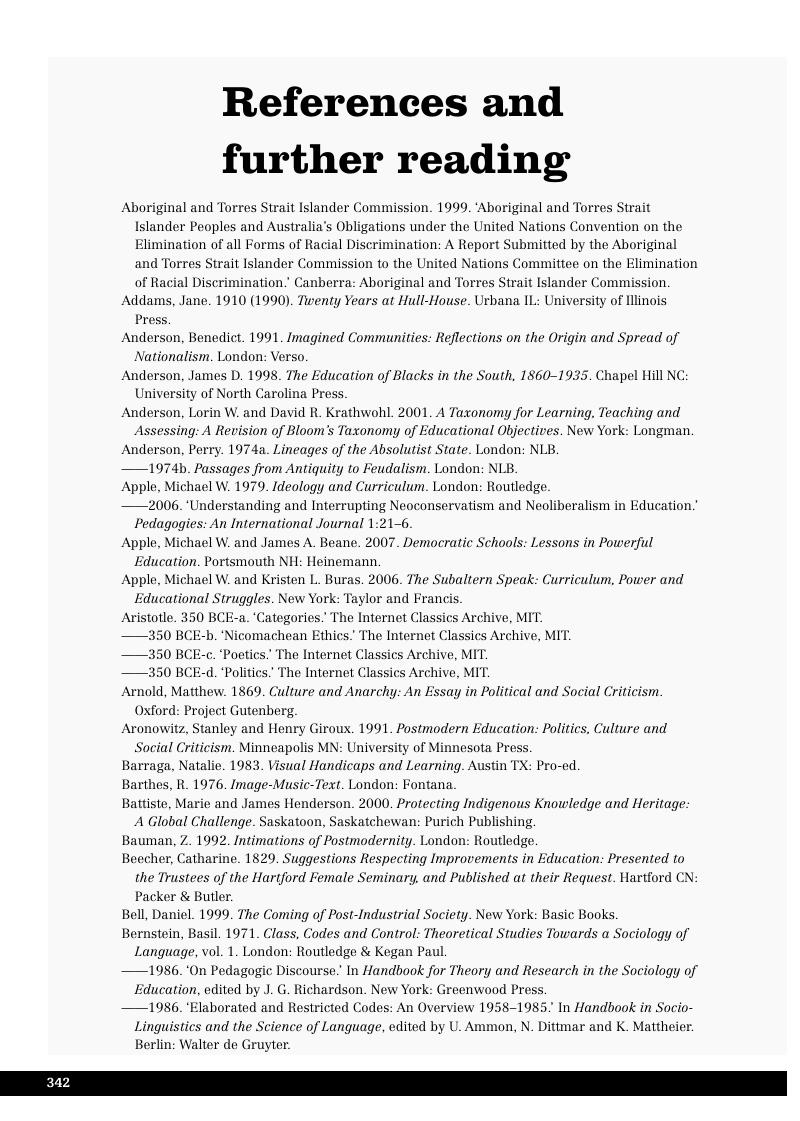References and further reading
Published online by Cambridge University Press: 05 February 2013
Summary

- Type
- Chapter
- Information
- New LearningElements of a Science of Education, pp. 342 - 354Publisher: Cambridge University PressPrint publication year: 2012



